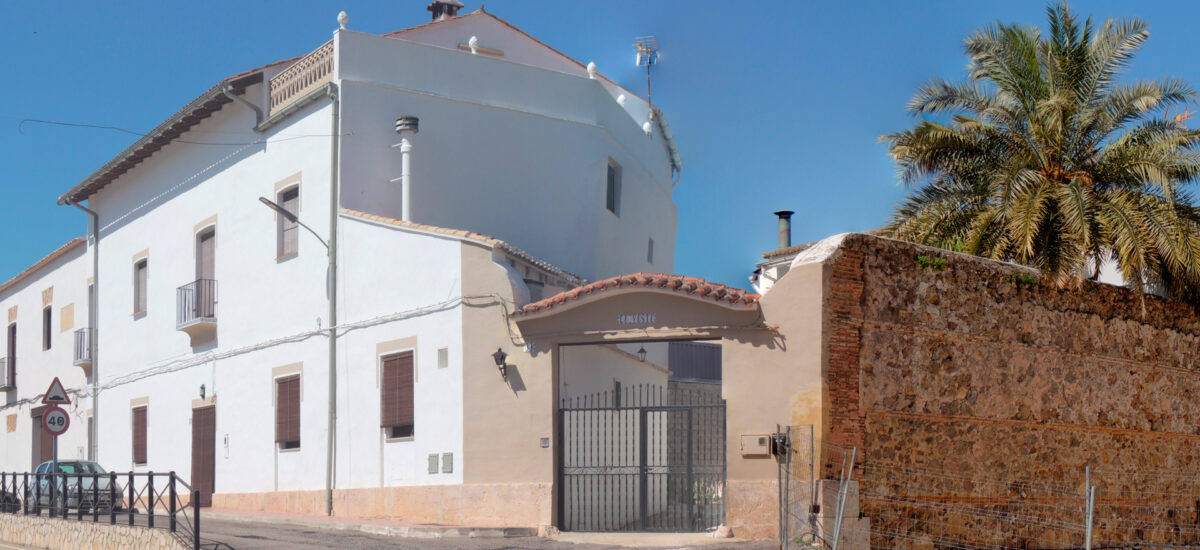The City Council of Rotglà i Corberà (Valencia) already has the Protection Catalogue prepared by AUG-ARQUITECTOS, SLP from the Cultural Section and can request the start of the environmental and territorial assessment of the document.
The document delivered contains a total of 171 elements in 49 files, most of them located on urban land and belonging to the category of listed architectural assets, often grouped in files of sets of elements. The catalogue, in addition to architectural elements, includes 6 archaeological and 11 ethnological elements. This catalogue aims not only to adapt local regulations to current legislation, but also seeks to contribute to raising awareness of the value of vernacular architecture and prevent its degradation.
Rotglà i Corberà is a small village that emerged from the union of two old farms, converted into a single town hall in 1854. In the 18th century, the town oriented its growth, with very clear and orderly building typologies, towards the west, taking advantage of the presence in that area of the Camino Real from Madrid to Valencia, a great work of territorial structuring promoted in the times of King Charles III. The project of the road from Madrid to Valencia, 64 leagues long, was completed in the decade of 1770. Following the French model, it was ensured that the network was made up of long and straight roads. The Camino Real that passed next to Rotglà i Corberà was three times wider than a normal road and had an excellent layout for the time, very expensive to execute. Within this road, it is considered by some travelers of the time as “the best road in Europe”. In Rotglà i Corberà, on this road, there was a unique building of which only a small part is preserved today: the Venta Real (1786-1788), the work of Manuel Serrano, architect and director of the New Royal Road from Madrid to Valencia. According to the inscription on its façade: “DURING THE REIGN OF CHARLES III, YEAR 1786, / THIS DIVERSORIO WAS MADE / UNDER THE DIRECTION OF D. MANUEL SERRANO.”
In addition to the Venta Real, the town’s most notable features are its traditional historic centre, the parish church of the Saints Juanes, the hermitages of Socorro and Santísimo Cristo de Torrent (administered by the parish of Rotglà i Corberà but located in the municipality of Llanera de Ranes) and the current town hall. This building, which was originally a tobacco drying facility, is the work of rationalist architect Carlos Arniches Moltó (Madrid, 1897-1955), who designed a unique project that was completed in 1941, according to a commemorative plaque located on the building.
This Cultural Section of the Rotglà i Corberà Protection Catalogue has been prepared using the subsidies granted by the Ministry of Education, Culture and Sports, pursuant to the provisions of the RESOLUTION of February 21, 2023, of the Ministry of Education, Culture and Sports.


